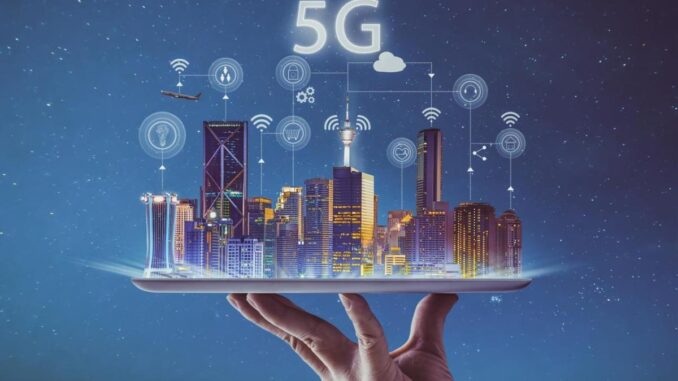
5G Massive Machine-Type Communications (mMTC) is a critical aspect of the 5G network architecture, specifically designed to support a large number of connected devices that communicate over the network, particularly in scenarios where the devices primarily engage in low-bandwidth data exchange. Here are some key features and concepts associated with mMTC:
High Device Density: mMTC is designed to connect a vast number of devices within a limited geographical area. It can support up to a million devices per square kilometer, making it ideal for deployments like smart cities, industrial IoT, and agricultural sensors.


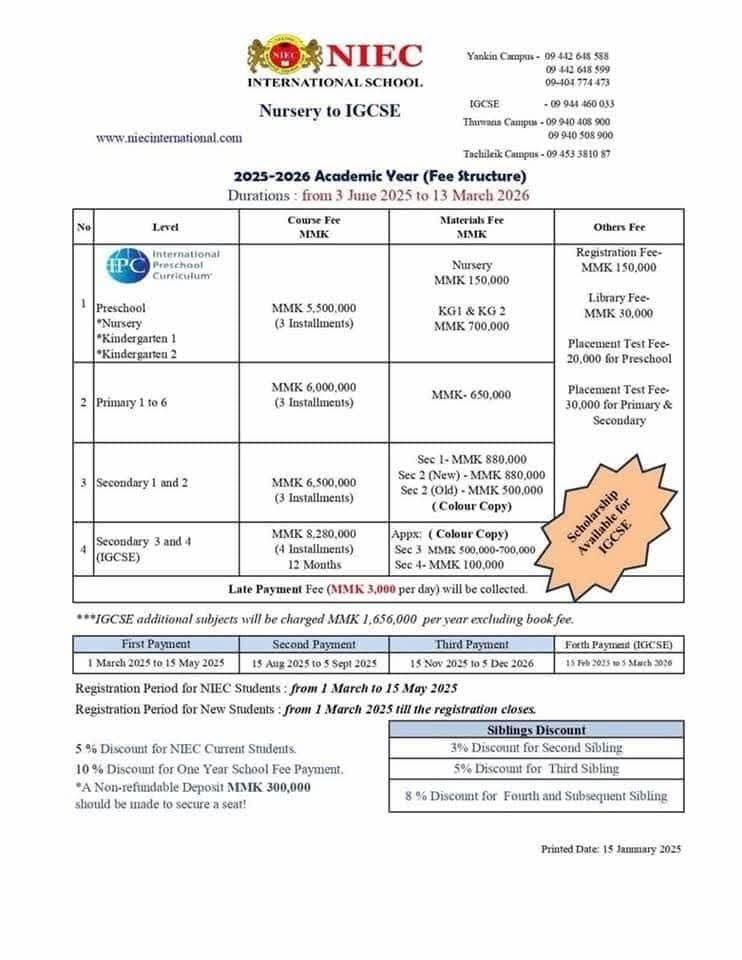
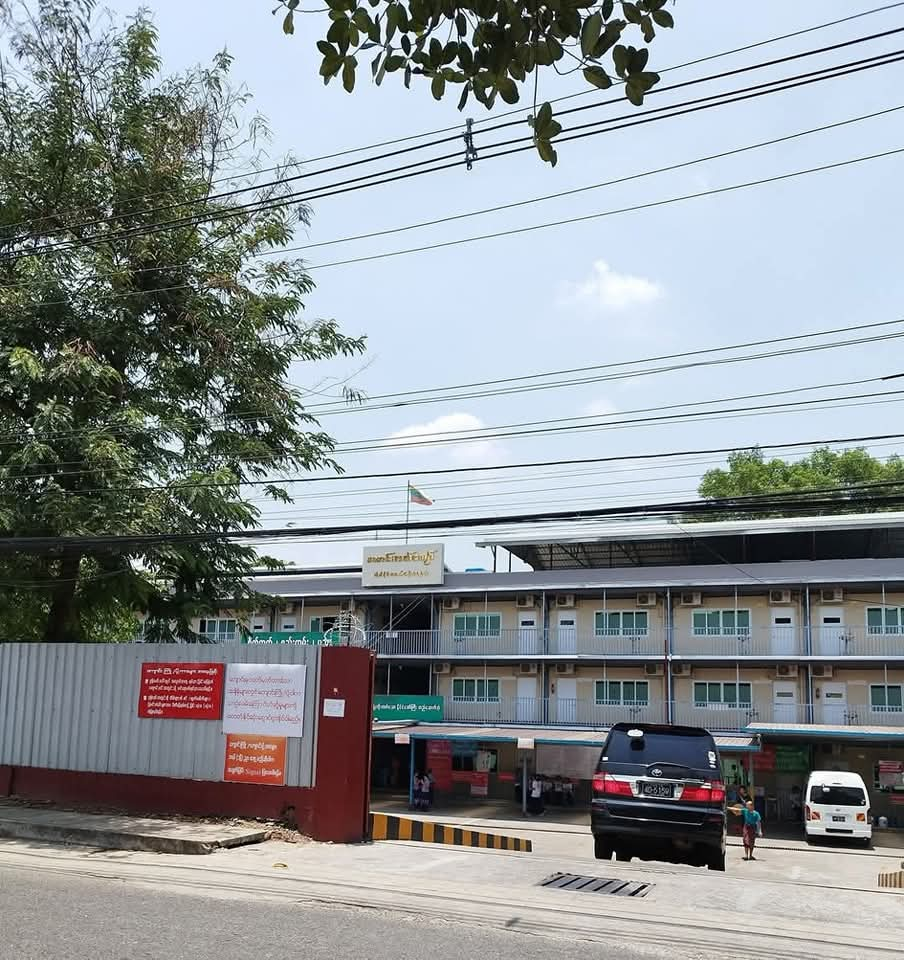
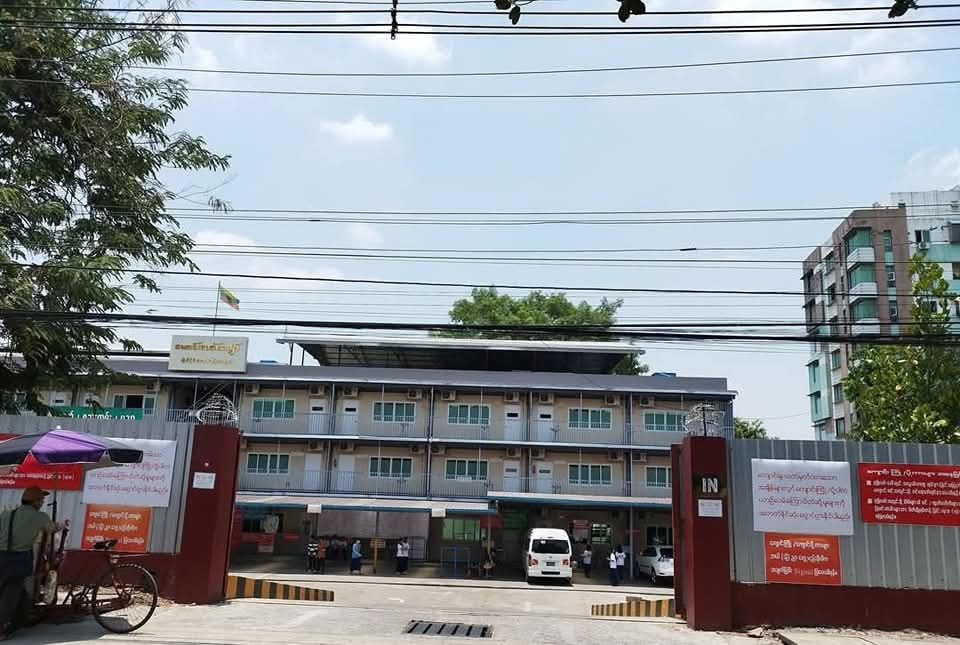

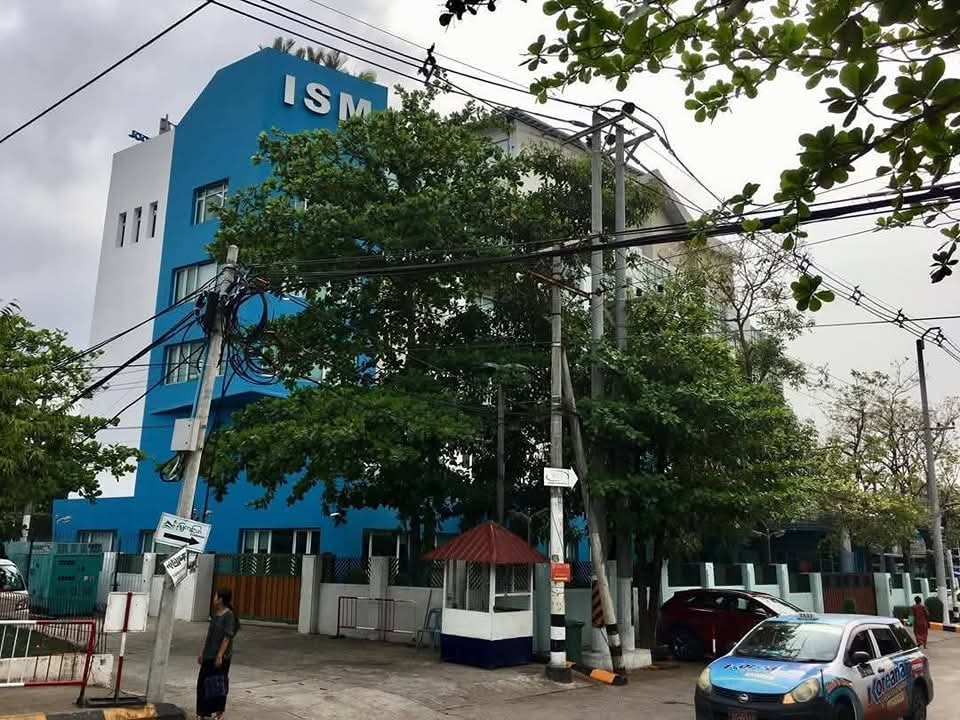
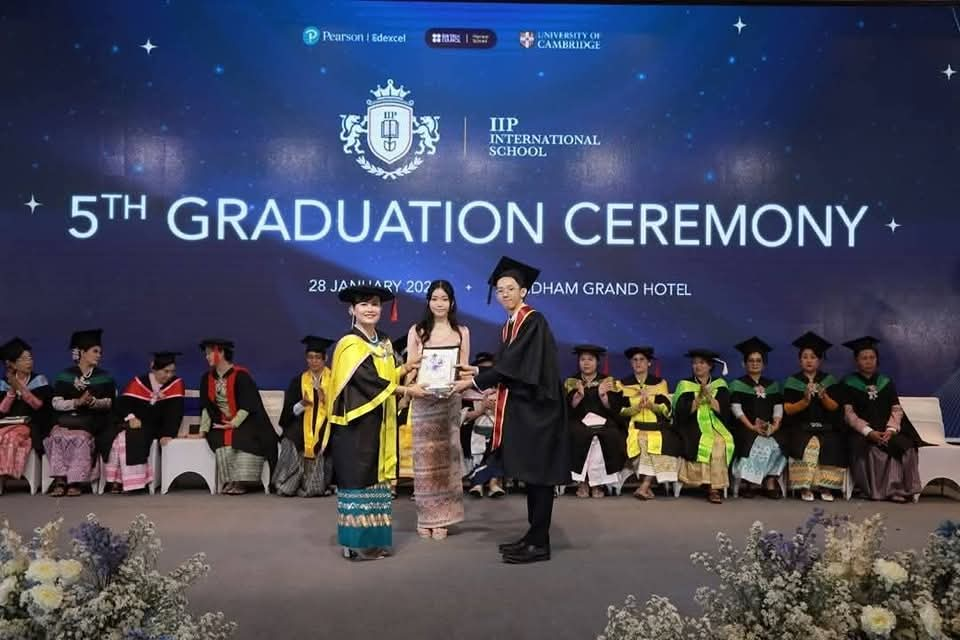
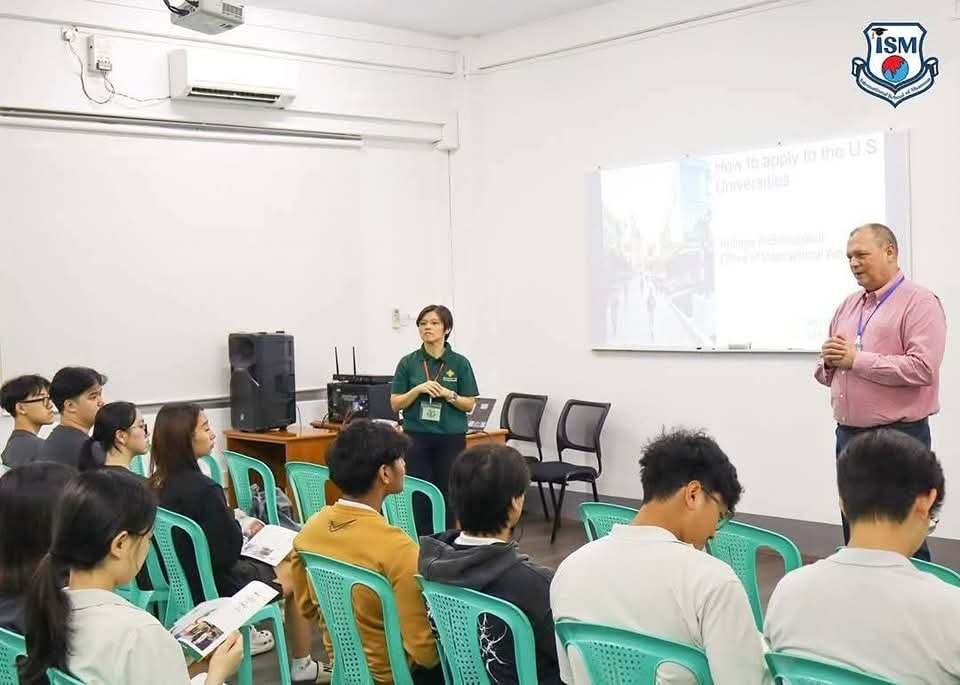
Low Power Consumption: Devices in mMTC environments are often battery-powered and may need to operate for long periods without frequent recharging. 5G incorporates mechanisms like enhanced power-saving modes to prolong battery life.
Low Data Rate: Many low-power IoT devices transmit small quantities of data intermittently. mMTC is tailored to handle these low-bandwidth requirements efficiently.
Support for Massive Connections: The protocol and network architecture are optimized to manage a massive number of signaling connections simultaneously, ensuring that the network can accommodate spikes in communication without congestion.
Cost Efficiency: The technologies underlying mMTC are designed to be cost-effective, allowing for cheaper devices and simpler deployment strategies, which is vital for widespread IoT adoption.
Smart Cities: mMTC facilitates real-time monitoring and management of urban infrastructure, such as traffic lights, parking meters, streetlights, and waste management systems.
Industrial IoT: Many manufacturing processes use mMTC to connect sensors and devices that monitor machines and environmental conditions, enabling predictive maintenance and optimization of operations.
Agriculture: mMTC enables precision agriculture through soil, crop, and livestock monitoring systems that provide data to farmers for better decision-making.
Healthcare: Wearable devices and remote monitoring systems can use mMTC to gather and transmit vital health data, allowing for continuous patient monitoring without overwhelming the network.
Environmental Monitoring: Sensors deployed in various ecosystems can collect environmental data (e.g., air quality, temperature) and share it through mMTC, supporting sustainability and conservation efforts.
Network Slicing: 5G networks can be sliced into different segments dedicated to different types of services, including mMTC, ensuring that critical applications get the resources they need while still supporting a massive number of connections.
Advanced Modulation Techniques: Technologies such as Narrowband IoT (NB-IoT) and LTE-M are integral to mMTC, providing robust connectivity for devices that require lower throughput.
Random Access and Configurable Parameters: mMTC typically leverages advanced random access techniques and can adjust configuration parameters (e.g., transmission intervals and power levels) according to the specific needs of the devices.
Interference Management: With a vast number of devices communicating, managing interference becomes crucial, especially in densely populated areas.
Latency: While mMTC is not as latency-sensitive as other applications like ultra-reliable low-latency communications (URLLC), optimizing response times is still essential for certain use cases.
Security: As the number of connected devices increases, so does the potential for security vulnerabilities. Ensuring secure communication channels is vital.
Network Planning and Optimization: Efficiently deploying infrastructure to cater to high-density environments can be challenging and requires careful planning.
In summary, 5G Massive Machine-Type Communications are pivotal for facilitating the next wave of IoT applications, enabling intelligent connectivity, and driving innovation across various sectors of the economy.


Leave a Reply